Here are some quick facts about growing amaranth microgreens:
| Question | Answer | | ------------------------ | ---------------------------------------------- | | Soak the seeds first? | No, they germinate easily without soaking | | Sow the seeds directly? | Yes, sow them without soaking or rinsing first | | Germination time? | 2-3 days | | Time until harvest? | 7-14 days |
Amaranth microgreens are relatively easy to grow. The seeds are quite tiny, so you don't have to pre-soak them before sowing them on your substrate of choice. I've found that potting soil works pretty well. They can grow on pure coconut coir too, but at a slower rate compared to good potting soil.
Here's how a batch of microgreens looked after growing in soil for about 10 days:
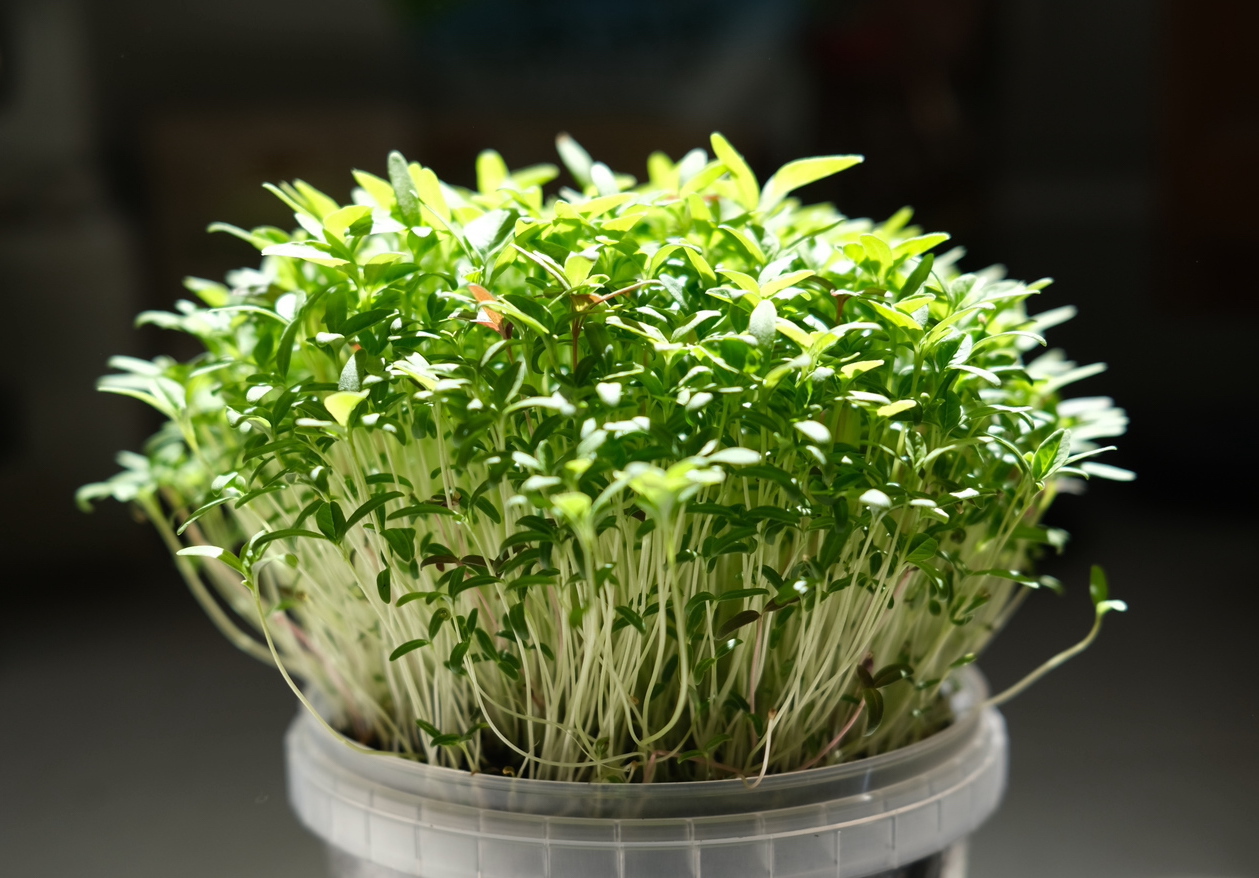
Germinating amaranth seeds
The containers should be at least a couple of inches deep to yield the best results. Amaranth roots like to go deep, so if the container is too shallow you might not get healthy plants. For example, I tried growing them in a shallow pie pan less than one inch deep. They started having problems after reaching a couple of inches in height and didn't grow any larger.
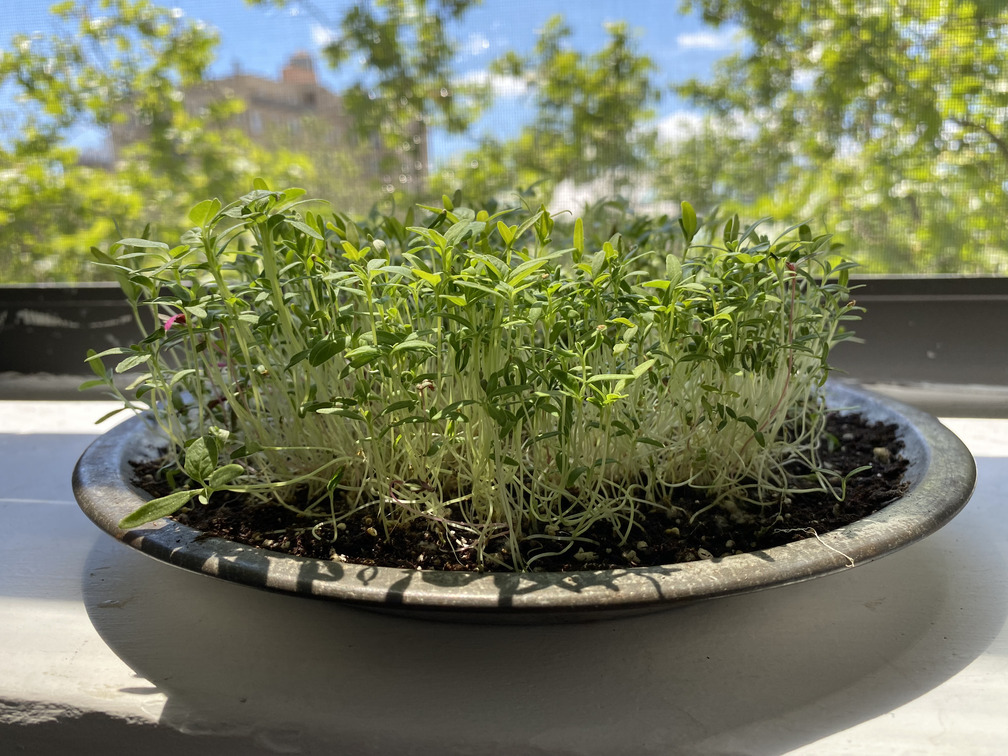
They grow well in deeper trays like these. I've grown amaranth successfully in these plastic containers that mushrooms are packaged in at grocery stores.
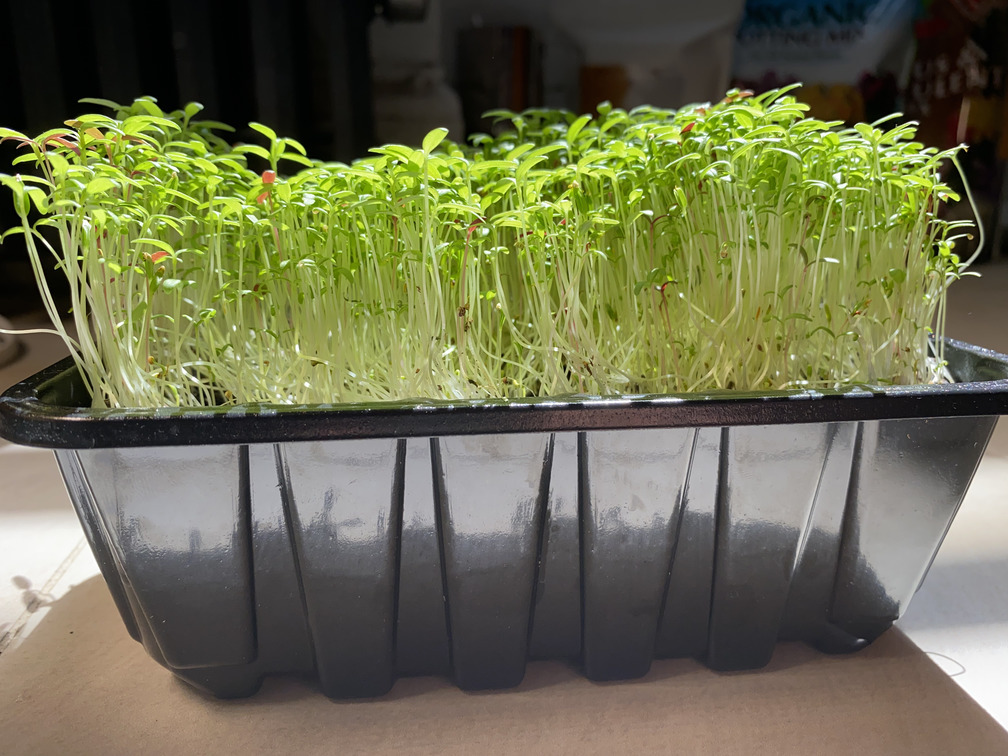
They also grow quite well in the deeper salsa containers. If you grow them in one of these transluscent containers, you can see how deep their roots can grow despite how small the microgreens themselves are.
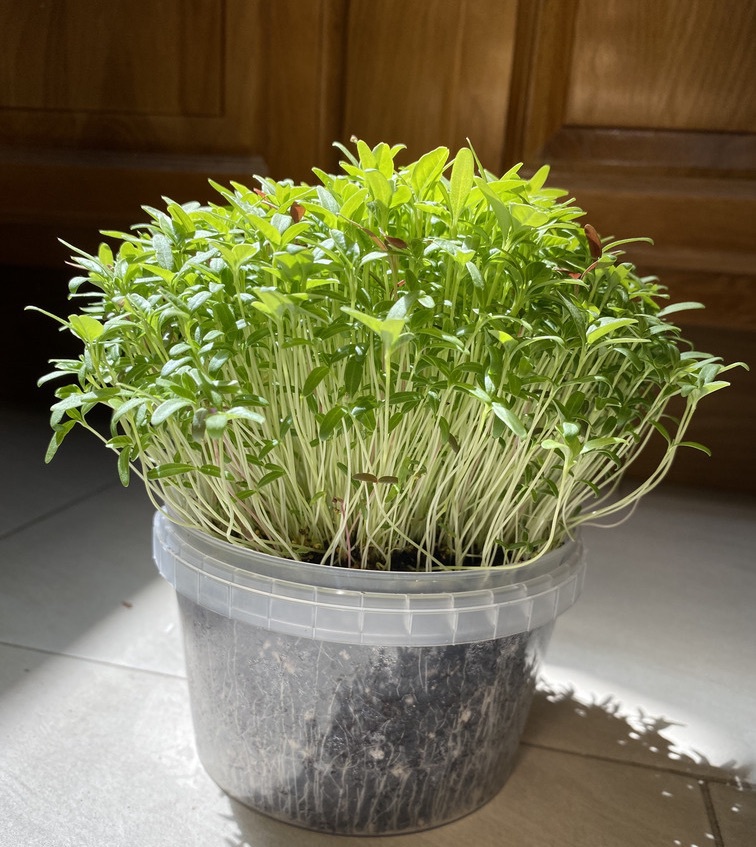
After harvesting, you can eat them in a salad or after lightly stir-frying them. Here they are in a stainless steel pan, ready to to be stir-fried!
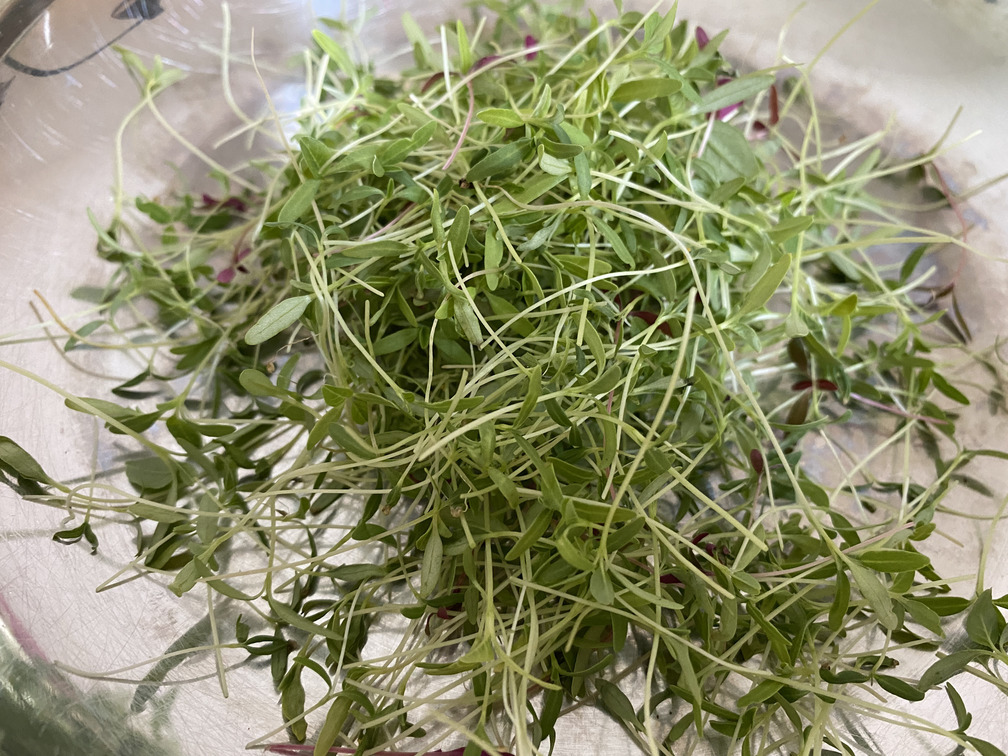
Growing amaranth microgreens without soil
I tried an experiment where I grew amaranth microgreens on cheese cloth stretched on top of a plastic food container containing only water. While it's possible to grow amaranth this way, I don't recommend it.
Reasons why this didn't turn out well: the germination was spotty, the growth was slow, mold was a constant problem due to high germination failure rates, and the amaranth seedlings didn't reach anywhere close to the size of amaranth grown in soil.
I'll post pictures of this experiment later. Again, the summary is that it's possible to grow amaranth with only water and no soil, but the results will be a lot worse than soil.
Ongoing experiments
I'm currently experimenting with only coconut coir as a growing medium. After 5 days, the seeds have all germinated, but the sprouts are smaller than what I would expect from growing them in soil. This makes sense since coconut coir has no nutrients. I'll report back later once I have more updates.
Future experiments
I'd like to try growing amaranth hydroponically with a nutrient solution to see if this yields better results than growing with just water.